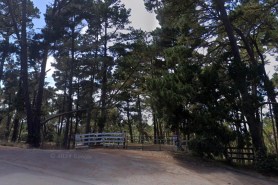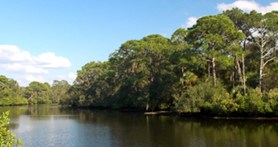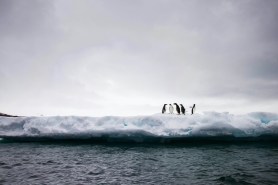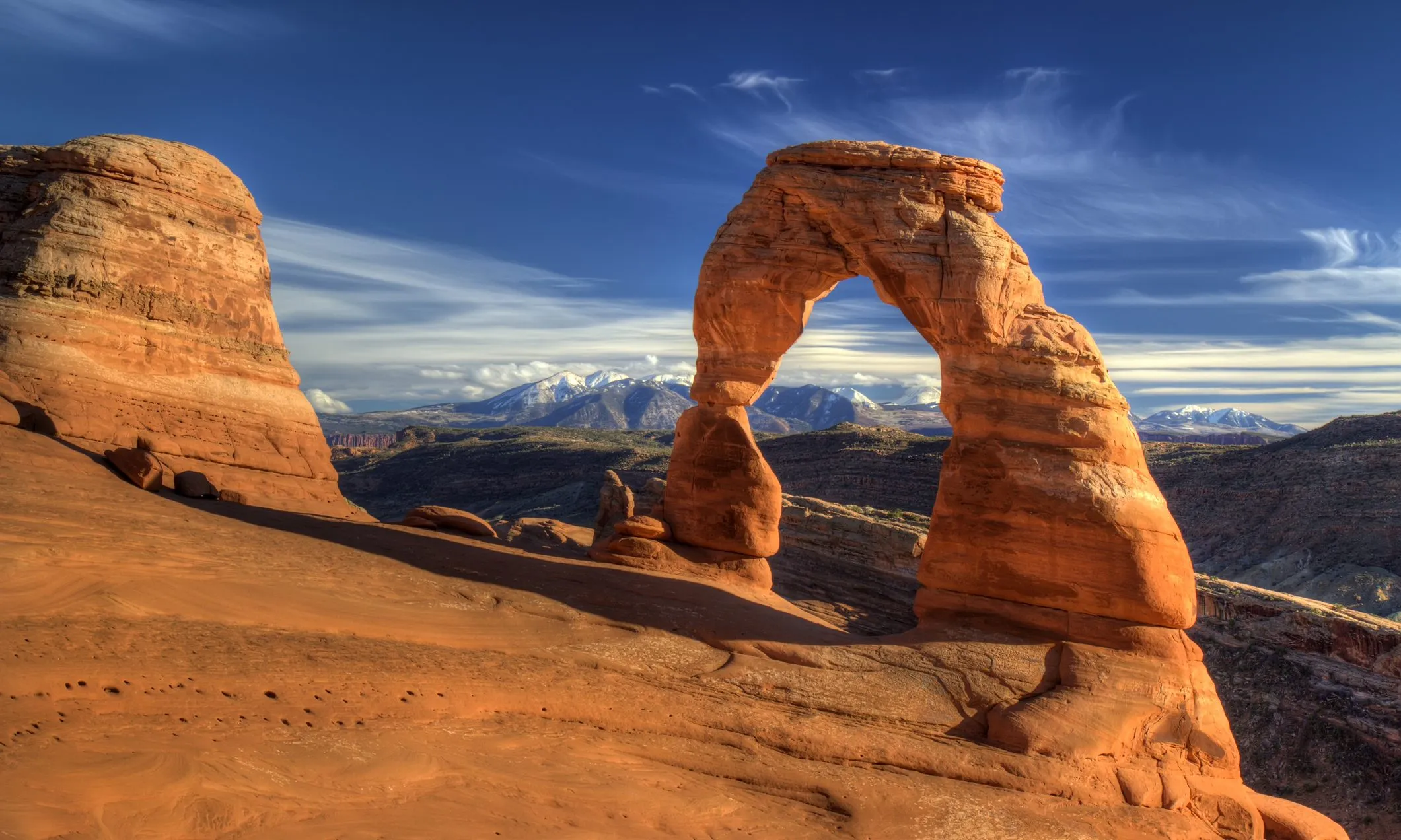

Reservations? For national parks? That’s right. Over the last few years, several of the country’s busiest national parks have launched pilot programs testing new ways of regulating visitation. Some dole out tickets denoting specific entry times. Others require advanced bookings to drive certain roads or park in certain lots. While the National Park Service has dabbled in many different systems, they all have the same goal: to reduce environmental damage from overcrowding and preserve the park experience for all to enjoy.
Videos by Outdoors
These days, more parks are launching pilot programs of their own, in addition to requiring standard entry passes. Others are making those pilot reservation systems permanent. For now, 10 national parks have some kind of additional entry requirement in play, and eight require reservations. So before you plan that epic summer road trip, read this.
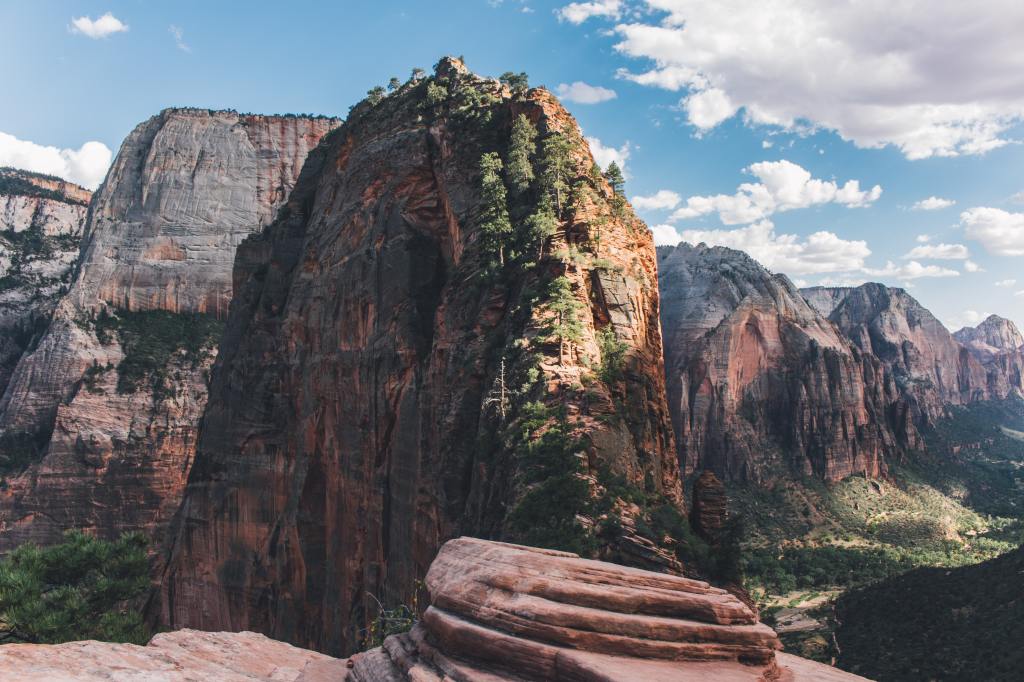
1. Acadia National Park, Maine
You won’t need to make a reservation to enter Acadia National Park in 2023, but you will need to book a timed-entry ticket in advance if you hope to drive the park’s famous Cadillac Summit Road, which affords views of the first light to reach the United States each sunrise. For the best chances of getting your desired date, book either 90 days in advance, or right at 10:00 a.m. two days before your visit. (Note: Reservations are only required during the summer. If you’re coming to See the Northern Lights in the winter, you won’t need to reserve a ticket.)
2. Arches National Park, Utah
Famous for its miles-long lines of cars, Arches National Park is one of the most visited parks in Utah. To alleviate the long waits, the park has implemented a timed-entry system. To enter the park between 7:00 a.m. and 4:00 p.m. from April through October, you’ll need to purchase a ticket in advance online.
3. Glacier National Park, Montana
Glacier National Park’s northern latitude means it has short summers with all its visitation crammed into just a few months. To alleviate crowding, the park introduced a vehicle reservation system a couple of years ago, which it plans to continue. Between late May and early September, you’ll need to book an advance vehicle reservation to enter the park from either the West Entrance or the North Fork area. Starting July 1, you’ll need a vehicle reservation for every main entrance, including St. Mary, Many Glacier and Two Medicine.
4. Haleakalā National Park, Hawaii
Haleakalā National Park in Maui gets absolutely crushed with visitors during the wee hours of the morning when throngs gather for sunrise. To spread out those early birds—and ensure a better view—Haleakalā requires an advance reservation for vehicles to enter the park between 3:00 a.m. and 7:00 a.m.

5. Muir Woods National Monument, California
The first national park unit to test out reservations, Muir Woods’s five-year-old program is still going strong. You’ll need to reserve one of the national monument’s limited parking spaces in advance or buy a ticket for the Mill Valley shuttle. (The latter is the more economical option.) Tickets are available up to 90 days in advance.
6. Rocky Mountain National Park, Colorado
Rocky Mountain National Park launched its reservation system to promote social distancing during COVID, then found that the crowd control worked so well that it kept it going. Visitors have to book a timed-entry permit if they hope to enter the park between late May and late October.
7. Yosemite National Park, California
Yosemite’s park main entry reservation system will not continue this year, but it still require reservations for February weekends. This is designed to limit the crowds that flock to see the famous Horsetail Falls “Firefall” phenomenon, which happens during that month. Yosemite continues to require special permits for Half Dome hikers, as well as wilderness climbing permits for anyone who hopes to overnight on a big wall like El Capitan. As with many national parks, you’ll also need to make advanced reservations for camping.
8. Zion National Park, Utah
Zion National Park has long operated on a highly regulated system, requiring all visitors to take the park’s shuttles in lieu of driving their own cars and limiting the number of people who can hike the famous Narrows. Now the park requires lottery-based permits for its catwalk-like Angels Landing hike as well.
Other Park Updates
Great Smoky Mountains National Park on the North Carolina and Tennessee border and Shenandoah National Park in Virginia are also experimenting with new ways of raising funds and controlling crowds. In the Smokies, you’ll now have to pay a day-use parking fee or shell out for an annual parking pass if you want to leave your car anywhere in the park. You can book a parking pass online or upon arrival in the park.
Shenandoah National Park piloted a reservation system for its marquee peak, Old Rag, last year. The result of the system was a daily visitation cap, which was designed to reduce crowding and improve safety on the mountain’s exposed and often slick trails. Shenandoah officials haven’t yet announced whether or not they will extend this system through 2023, but many locals expect them to.



